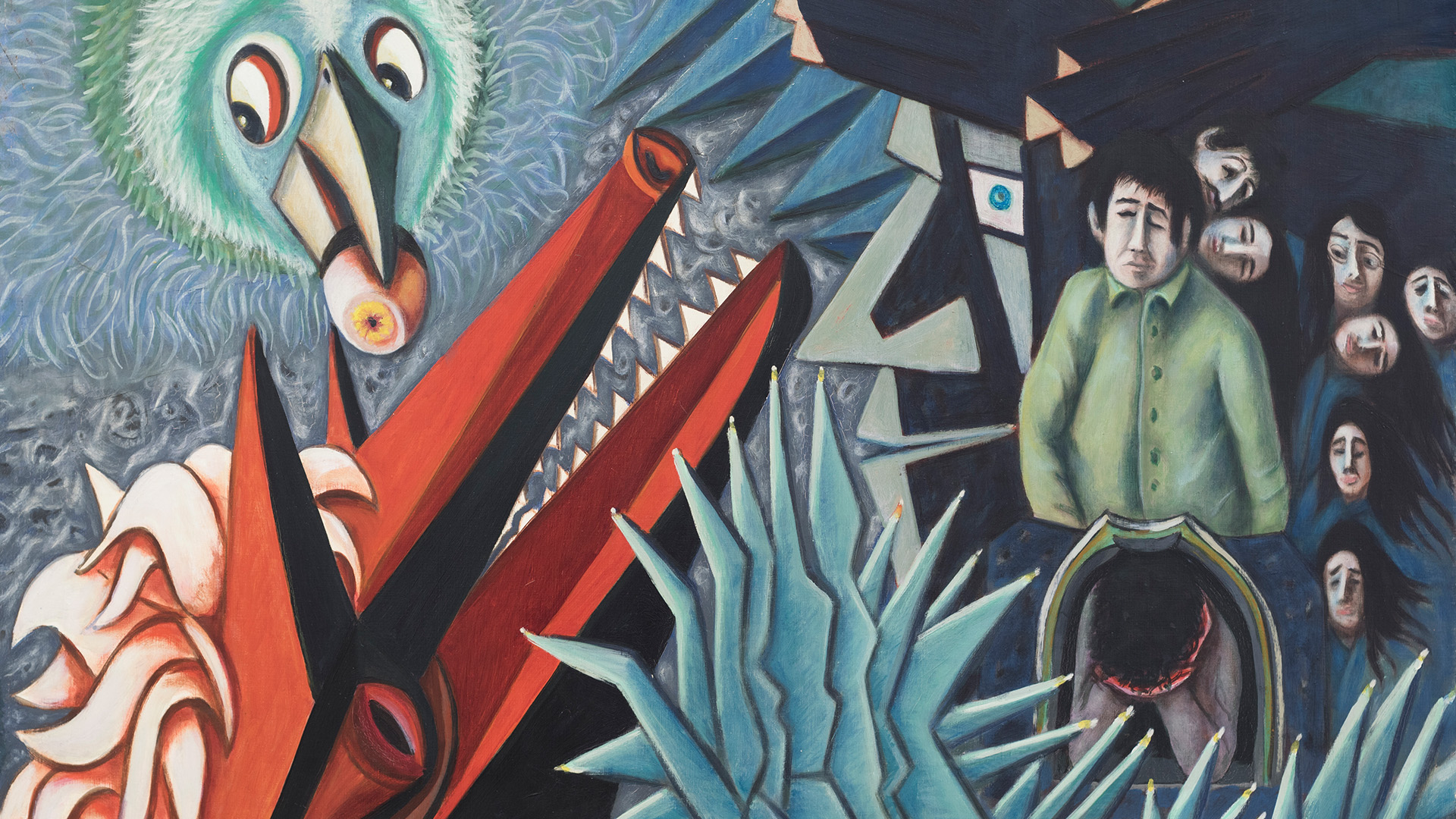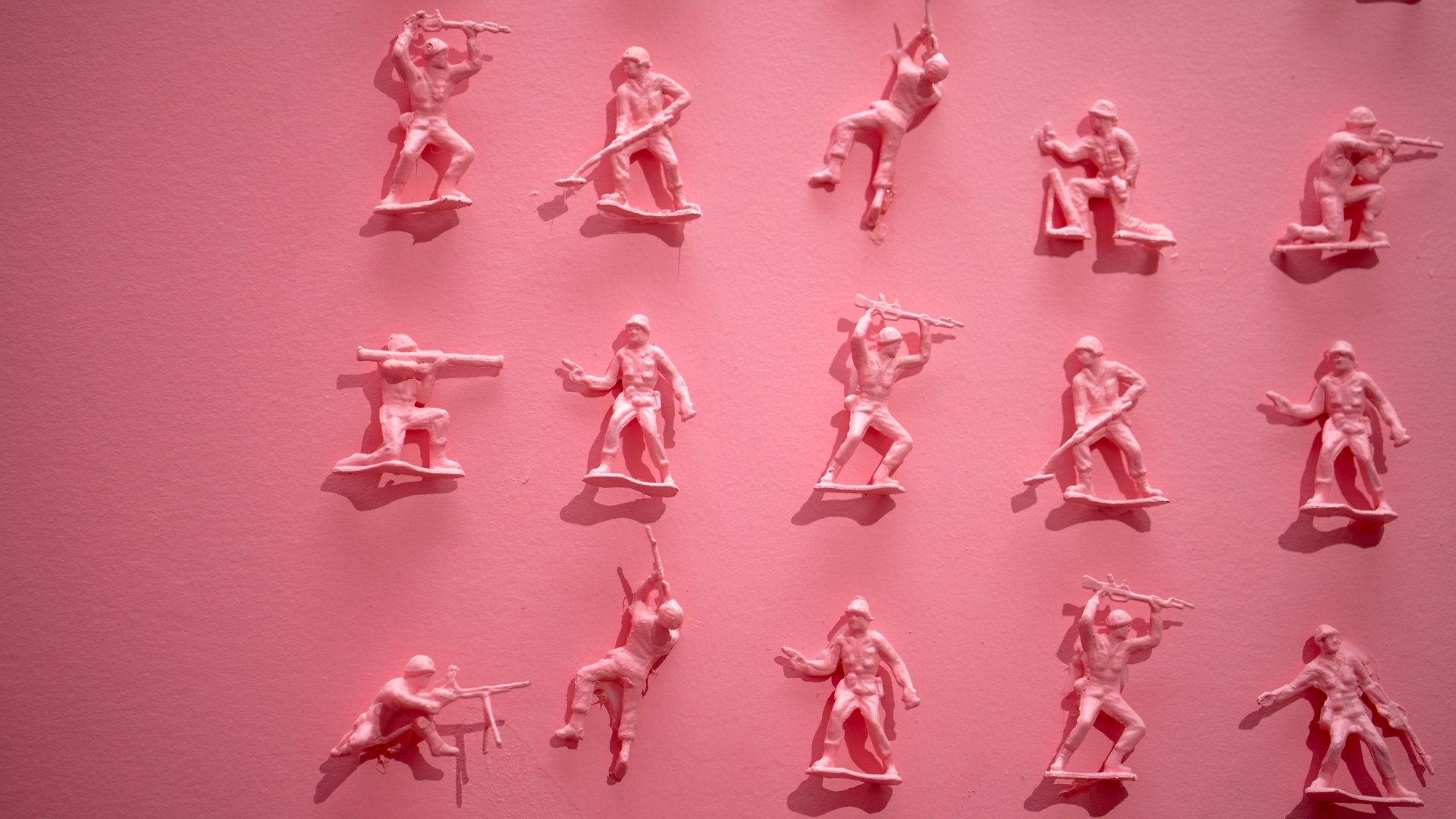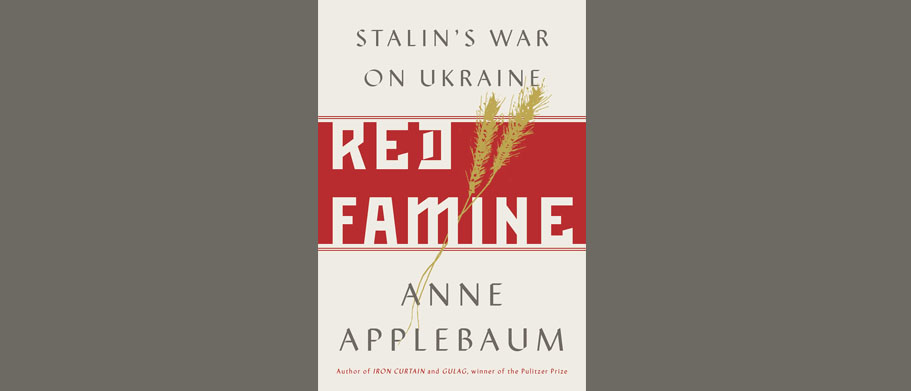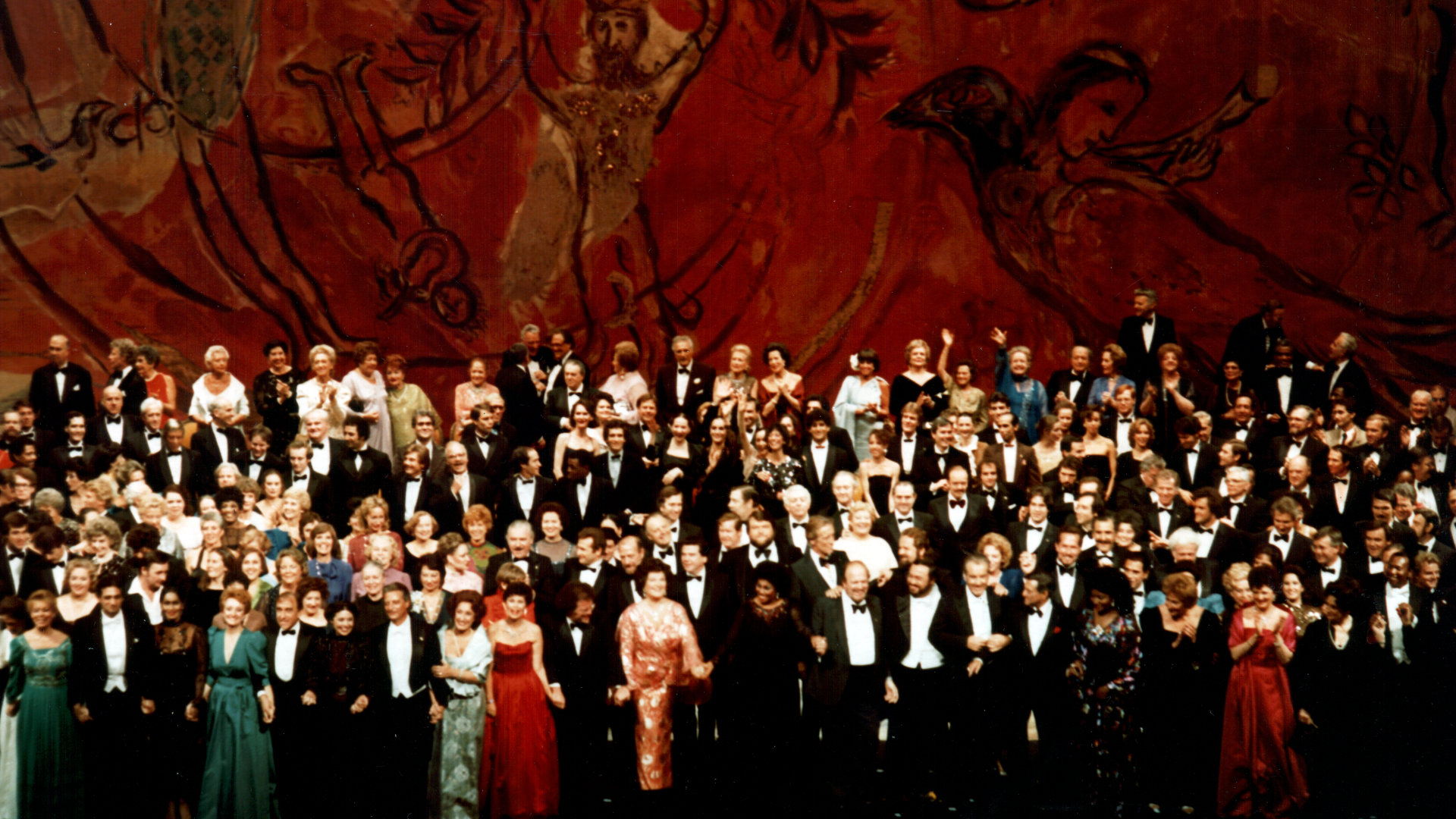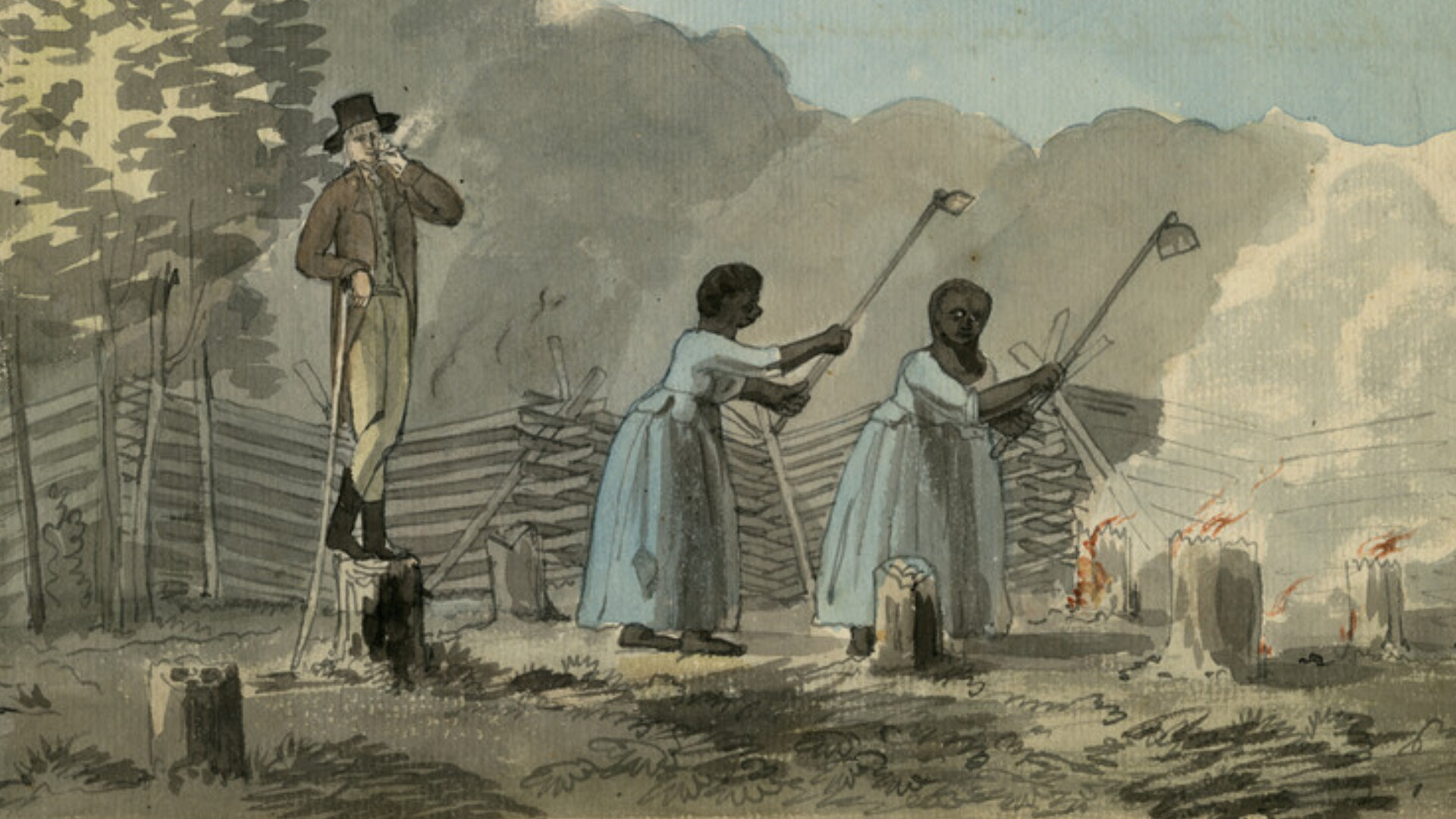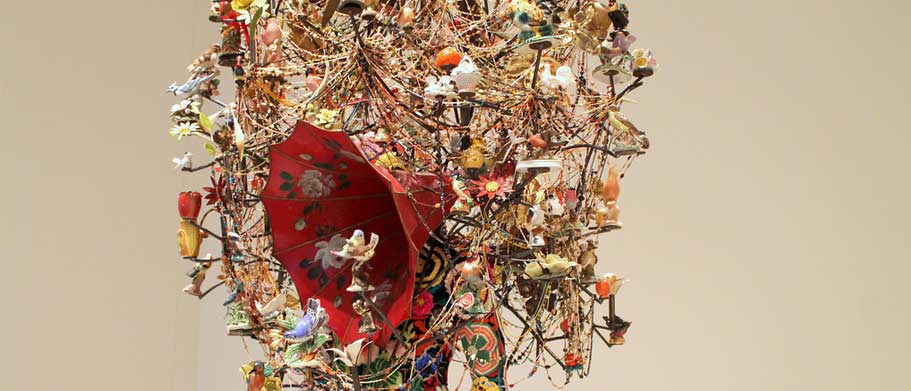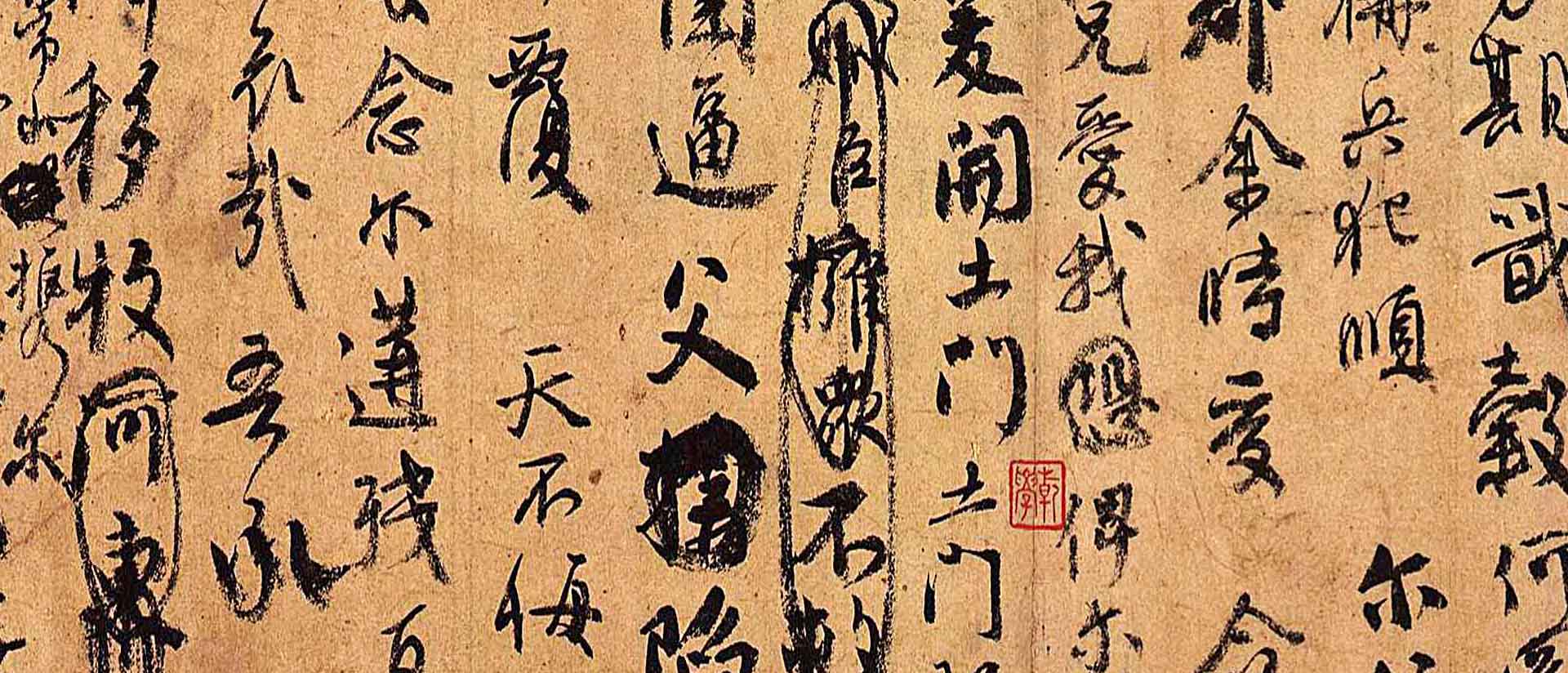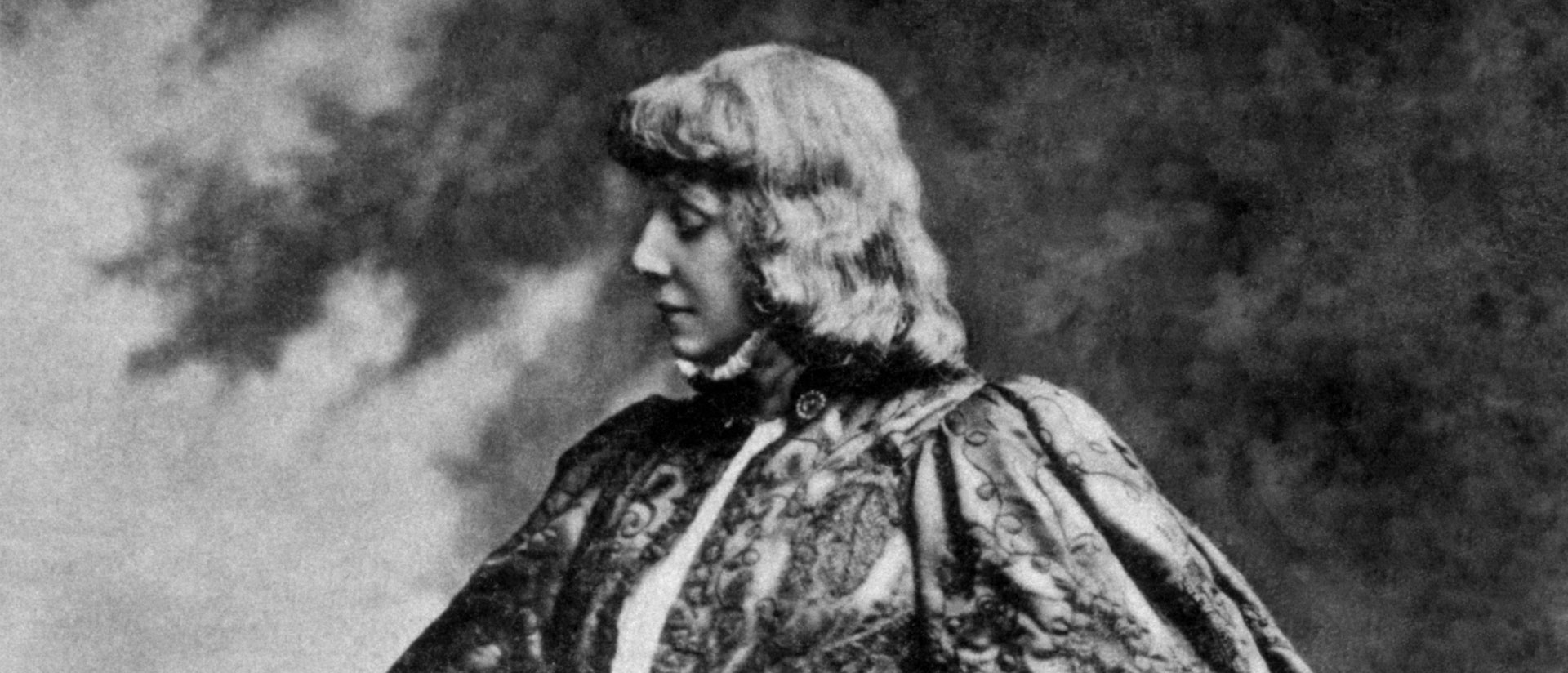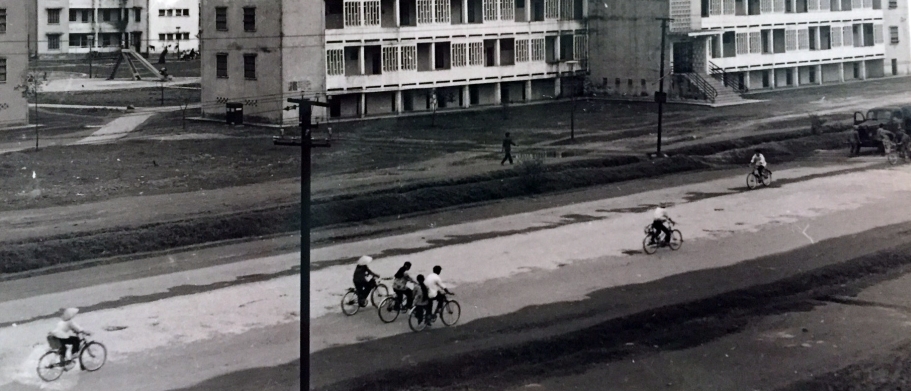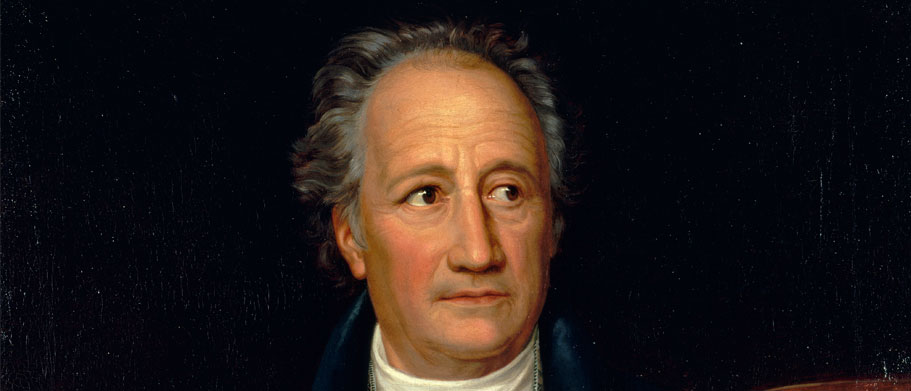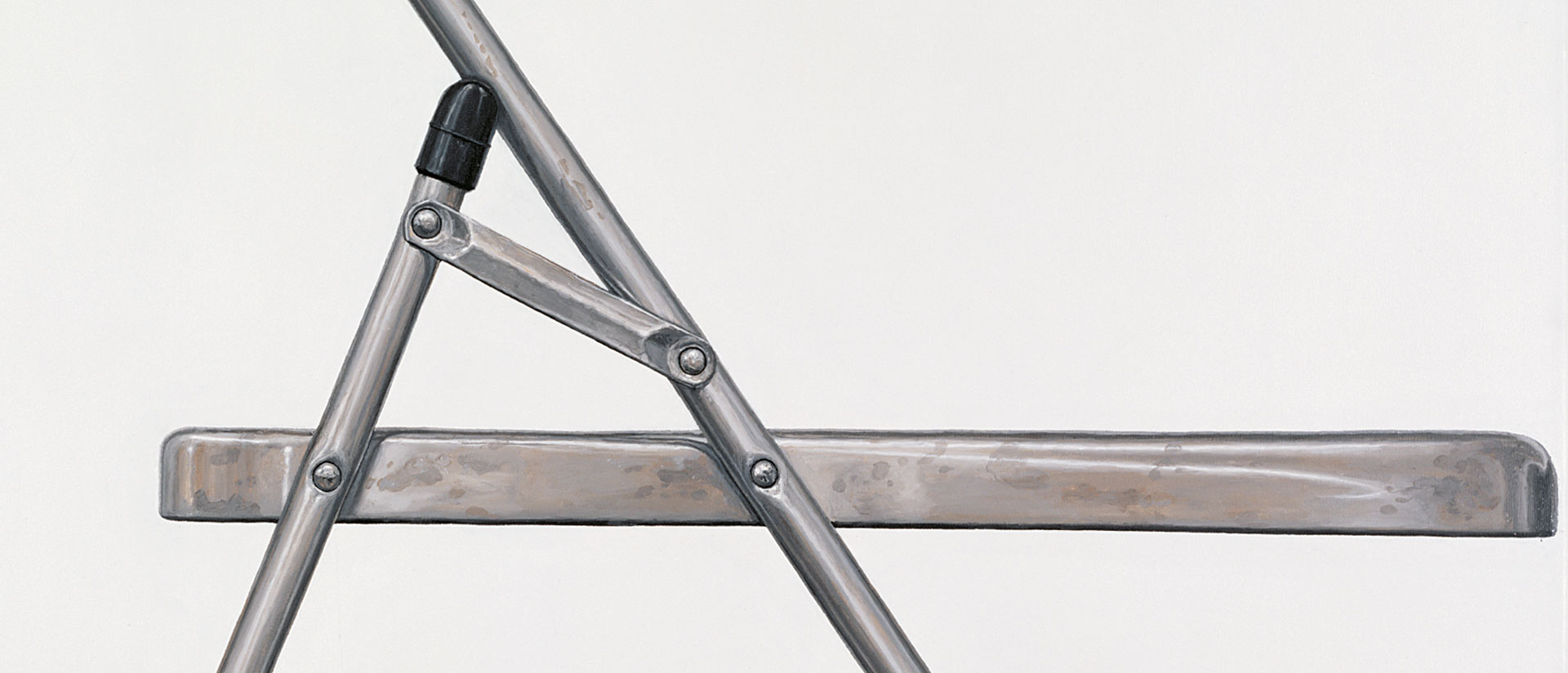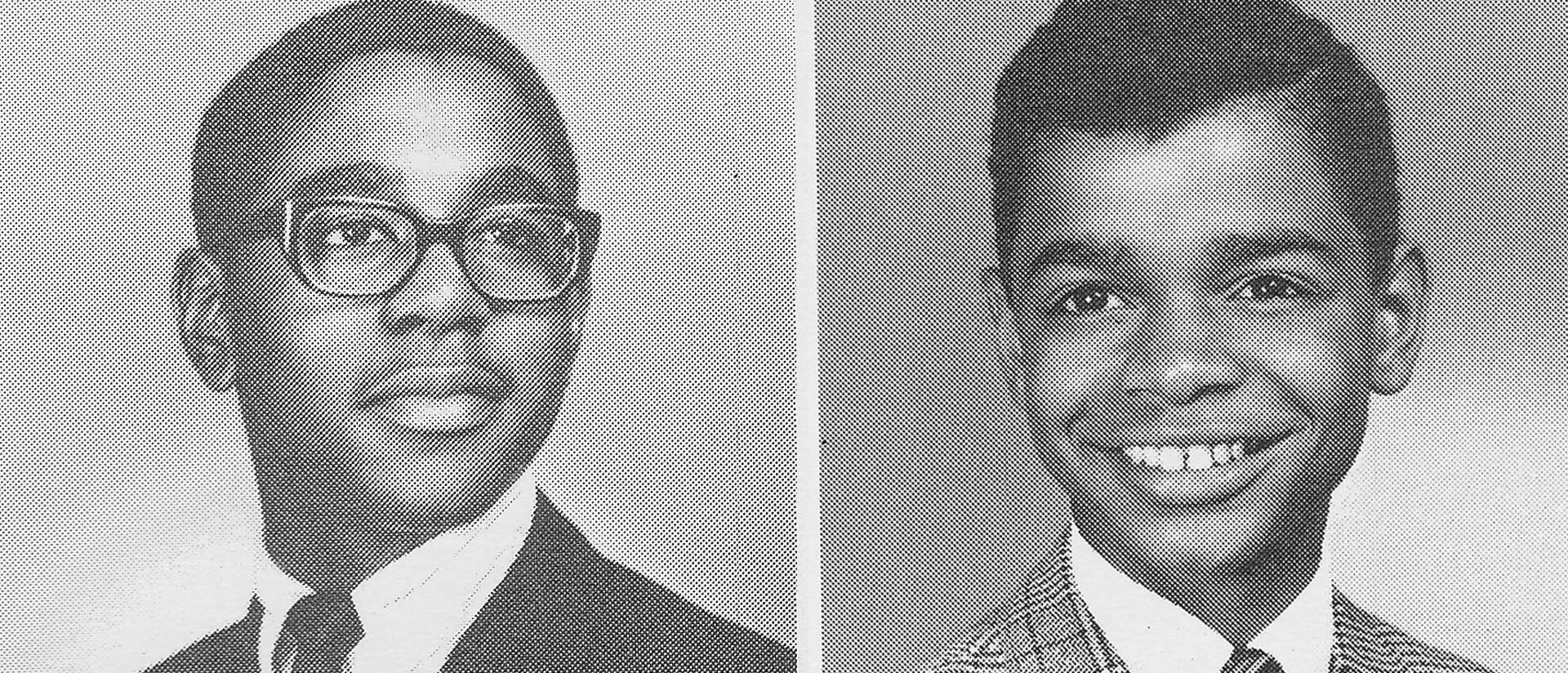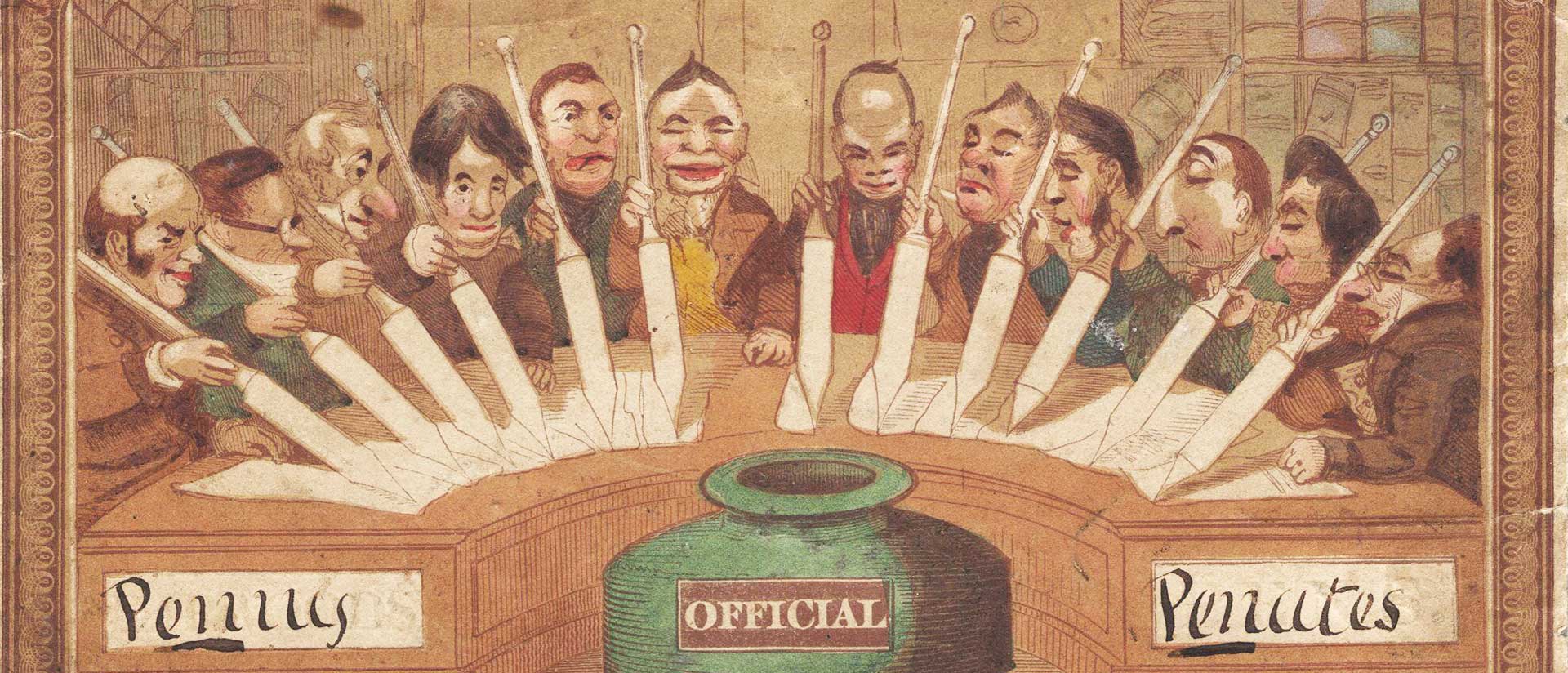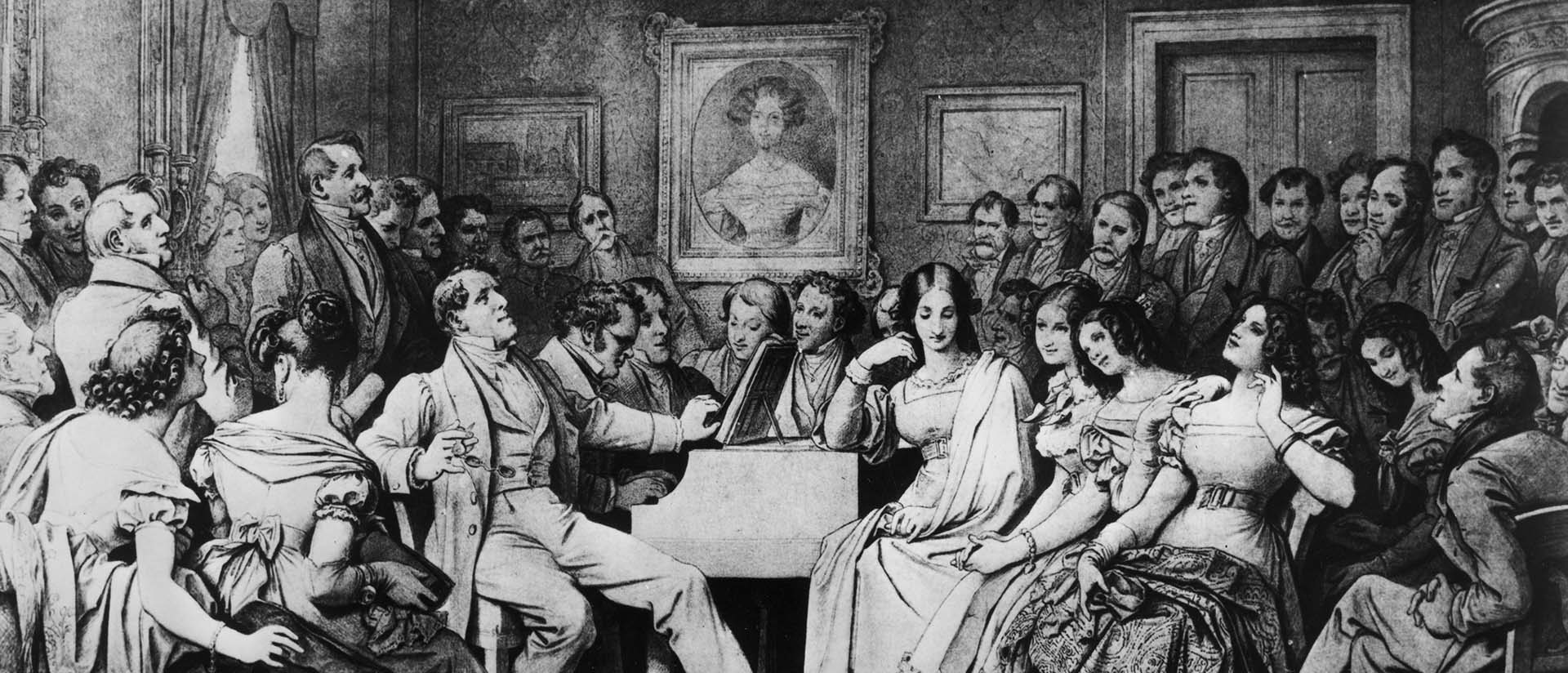
An die Musik
Teaching Franz Schubert’s hymn to art
by Christopher H. Gibbs
Often more is caught than taught.” My father made this gnomic observation before my first day teaching music appreciation to eighth-graders shortly after I graduated from college. It has remained with me over the years: both teachers and students are well served by thinking beyond the official lesson plan. When I later taught music history surveys, as a graduate student at Columbia University, this notion led me to think carefully about how to get the semester started. If “meet the syllabus” was an obvious recipe for boredom, it also seemed ill advised to jump right into Gregorian chant and the monophonic glories of the Middle Ages.
So, I decided to begin by playing the great German baritone Dietrich Fischer-Dieskau singing Franz Schubert’s An die Musik, accompanied by Gerald Moore. The song lasts less than three minutes. Schubert wrote his hymn to art in 1817, at the age of 20—“roughly your age,” I could say to my students—to a poem by his best friend, Franz von Schober; the two were so close, they merged identities, into “Schobert”—
Du holde Kunst, in wieviel grauen Stunden,
Wo mich des Lebens wilder Kreis umstrickt,
Hast du mein Herz zu warmer Lieb entzunden,
Hast mich in eine beßre Welt entrückt!Oft hat ein Seufzer, deiner Harf entflossen,
Ein süßer, heiliger Akkord von dir
Den Himmel beßrer Zeiten mir erschlossen,
Du holde Kunst, ich danke dir dafür!
(Sacred art, in how many gloomy hours,
When into life’s untamed cycle I am caught,
You have rekindled the warmth of love in my heart,
You have carried me away into a better world!Often a sigh from your harp has flowed,
A sweet, holy chord from you
Has opened a heaven of better times for me.
Noble art, I thank you for this.)
The strategy of playing An die Musik has served to open and, on occasion, to close the majority of my courses over nearly four decades. Schubert’s song—I am tempted to call it his theme song—suddenly took on profound urgency during the coronavirus pandemic. In the fall of 2020, I was teaching a course on Romantic music in a tent at Bard College. The lockdowns of the previous spring had given way to broad civil disruption in the summer, in protest of the killing of George Floyd. Our academic arrangements were all tentative, provisional: Under what conditions could we assemble in person? And even more concerning for my students: Under what conditions could music be made? Most of them are committed, high-level musicians in the Bard College Conservatory of Music. But now they were not performing live concerts in person, and some were not even able to have in-person lessons. Their relationship with the “sacred art” was unlike anything they had experienced.
Before the first class I placed copies of Schobert’s text on each folding chair—no PowerPoint or passing around handouts in September—and after the 12 students arrived, I said a few words of introduction and pressed play. Even behind their masks I knew that they were unusually moved, which was confirmed in comments they made to me in the weeks and months to follow. Even though I had begun courses this way dozens of times before, the poignancy of the moment, the importance of history, got me thinking in new ways about the song and its many resonances, both in Schubert’s time and in our own.
An die Musik speaks speaks to multiple aspects of Schubert’s culture as well as to his complicated posthumous image. An obituary published soon after his death, in November 1828, observed that he “lived solely for art and for a small circle of friends.” The idea that art can transport us to a better world, that art is an incomparable refuge, is among the most Romantic of sentiments and something that Schubert and his friends, his “small circle,” believed deeply. His closest friends were not professional musicians, although many played an instrument. Some were distinguished writers and artists. They spent endless hours talking about intellectual and artistic matters, formalized to some extent in reading groups and musical soirees. The latter they called Schubertiades, events devoted to hearing Schubert’s music in intimate domestic circumstances.
These private gatherings had significant political implications during Prince Clemens von Metternich’s repressive regime following the Congress of Vienna, when public events required police approval, and censorship was rampant. I welcomed the chance to make connections between art and politics. While the pandemic and the urgency of social justice initiatives were uppermost on students’ minds during the fall semester, in January classes began three weeks after the insurrection at the US Capitol. I sensed less student outrage about that event, despite what I knew were generally liberal attitudes. In the wake of an attempt to overthrow American democracy, the political conditions under which Beethoven and Schubert lived in Vienna seemed unusually relevant.
The most famous representation of Schubert’s private sphere is a sepia drawing from 1868 titled A Schubert Evening at Joseph von Spaun’s, by Moritz von Schwind, a close friend and prominent artist well represented in German museums to this day. Nearly every person in the group can be identified, although we know that some of them could never have been in the same room together and that Schwind inserted a few ardent Schubertians (discreetly placed behind the curtains on the left) who were not yet born in the 1820s. I like to think of the picture as the Biedermeier version of the Beatles’ Sgt. Pepper’s Lonely Hearts Club Band album cover.
What song is being sung? Biographer Maurice J. E. Brown notes that Schwind
“left no inkling and probably had no definite song in mind. But the song one would like to imagine being sung is surely An die Musik. The rapt attention of these men and women in Spaun’s drawing-room shows that the song has transported them, and which of all the Schubert Lieder has quite that power, that inwardness, as the miraculous setting of the lines beginning ‘Du holde Kunst . . .’?”
If this is indeed the case, the supposition lends deeper relevance to Schwind’s pointed visual commentary: the rapt attention to the music encompasses everyone except for its “poet,” Schober, seated on the right, who is flirting with the lovely Justina von Bruchmann, the younger sister of another member of the circle.
Schober was a man of seductive charisma and considerable talent. But unlike others in the circle, he never achieved much and was later accused of facilitating an environment that led to the syphilis that contributed to the composer’s early death. At the height of the “Schobert” collaboration, he could write to Schubert: “Are we not precisely those who found our life in art, while the others merely entertained themselves with it, are we not those who solely and certainly understood our inmost natures, as only a German can?”
Here emerges a hint of a troubling idea that I would explore with my students later in the semester, especially when Richard Wagner comes into view. I knew they would be attuned to Schober’s smug self-regard and enthusiastic nationalism, even if unexceptional, as they point to questions about whether the humanities actually humanize and whether there is value in a “life in art.” This pressing issue was one many pondered in the twentieth century after the two world wars. Perhaps best known is the soundbite from a thinker utterly antithetical to thinking in soundbites: T. W. Adorno’s “To write poetry after Auschwitz is barbaric.” More relevant in this instance are the critic George Steiner’s writings about culturally sophisticated Nazis “who sang Schubert in the evening and tortured in the morning.”
All of this provided an opening during the first class, both in September and January, to discuss a principal goal of the course, which is to chart connections between music and life, between art and history. Music students tend to concentrate on the notes on the page and on the mechanics of their instrument, fingerings and bowings, on playing faster and louder. At its best, a music history course provides an opportunity to expand that range, to incorporate issues of biography, culture, politics, and ideas that many have not considered much before. Playing Schubert’s An die Musik in a tent, masked and socially distanced, so far from Joseph von Spaun’s crowded Viennese Schubertiade, starkly highlighted the connections between music, words, and life at fraught moments in history. It lent the song a force that was unlike any I experienced in past semesters. I am tempted to say that, surrounded by death, this musical hymn affirmed life. Which it did, but I also know that Schubert’s world was surrounded by death in ways we can barely imagine, beginning with the deaths of many of his siblings, and ending, not so unusually, with his own, at age 31.
One of the first casualties of the pandemic was live music-making and concert-going, especially when it came to the voice, the most fundamental of all instruments. One will not soon forget collective performances at the beginning, whether experienced live or shared on social media. In New York City, this initially took the form of banging pots and pans each night at 7 p.m., a heartfelt expression of gratitude to first-responders and healthcare workers. For all the pandemic’s pressures and protocols, it did not take long for classical musicians, amateurs and professionals alike, to find ways to make a joyful noise, be it spontaneously singing Beethoven’s “Ode to Joy” from balconies in Italy to fashioning elaborate virtual collaborations that took untold hours to produce. Orchestras, choruses, soloists, and conservatories engineered impressive feats, with frustrated and silenced musicians playing individually in isolation and imaginatively figuring out technological ways to weave together large-ensemble pieces. Maurice Ravel’s Boléro received lavish treatments early on from the New York Philharmonic and the Juilliard School of Music.
Many musicians posted various kinds of COVID Schubertiades featuring An die Musik, not just the original song, but also some with the vocal line played by a violin, cello, or another instrument. The Orchestre de Paris and 180 singers mounted a grand virtual version. There was even a COVID parody titled “Wasch Dir die Hände” posted to YouTube by the “Drunken Tenor.”
I wanted to end the second semester in May with An die Musik, but not with a literal da capo of Fischer-Dieskau singing. Beyond the recent COVID responses were some unusual earlier testimonies to the song’s powerful intimacy. The legendary German soprano Lotte Lehmann famously broke down while singing it at her New York farewell recital at Town Hall, in February 1951. She had warned the audience—“I try to sing An die Musik”—but did not quite make it through the second verse; the words disappear as “Schobert” becomes pure Schubert. Pianist Gerald Moore, with whom Fischer-Dieskau recorded Schubert’s complete songs for male voice, went even farther at his farewell concert. The celebrated accompanist, who titled one of his memoirs Am I Too Loud?, performed that evening with Victoria de los Ángeles, Elisabeth Schwarzkopf, and Fischer-Dieskau, but decided to end the concert all alone. He gave a brief speech and then played his own solo piano arrangement of An die Musik. There was no need to hear Schober’s words for Schubert’s music to work its magic. And no doubt everyone in London’s Royal Albert Hall that evening in 1967 knew the words and sang along silently.
I decided to play Moore’s solo version because it relates to fundamental issues in music history, including the great debate in the nineteenth century concerning pure or “absolute music” versus “program music” that calls upon extra-musical elements. If you take away the words of a song, what meanings and messages are left? Lieder ohne Worte (“Songs without Words”) became an important subgenre soon after Schubert’s death because of Felix Mendelssohn’s lyric piano works. (In a further irony, these extremely popular pieces were sometimes converted into “Songs with Words” when poems were retrofitted to them.)
There is a long history concerning the music/text relationship in Schubert songs. Although he was never the neglected, miserable figure portrayed in sentimental novels, operettas, and biographies, Schubert’s posthumous reception was nevertheless enormously advanced when Franz Liszt, the virtuoso superstar of the 1830s and ’40s, crafted brilliant solo piano arrangements of some sixty songs in which the vocal line is incorporated into the accompaniment. These arrangements were enormously popular, and a decade after Schubert’s death spread his name far and wide, notably in places such as Dublin or St. Petersburg, where his music was still completely unknown. Liszt’s success speaks to the power of Schubert’s music, to his ability to respond so profoundly to a poem that even when the words are absent, they retain tangible meaning.
One of my students told me that at the start of the pandemic she had listened to An die Musik repeatedly and “was comforted in exactly the way the text describes.” She admitted that although she knew what the title meant, it was not until “quarantine boredom set in” that she looked up a complete translation. She said she “was astounded at how precisely the meaning matched my feelings about life in this moment, music in general, and this song, specifically. Yet, I soon realized, I had discerned that sentiment from the music itself all along.” Her testimony resonates uncannily with a famous confession Arnold Schoenberg made in his essay “The Relationship to the Text” (1911):
“A few years ago, I was deeply ashamed when I discovered in several Schubert songs, well known to me, that I had absolutely no idea what was going on in the poems on which they were based. But when I had read the poems it became clear to me that I had gained absolutely nothing for the understanding of the songs thereby, since the poems did not make it necessary for me to change my conception of the musical interpretation in the slightest degree. On the contrary, it appeared that, without the poem, I had grasped the content, the real content, perhaps even more profoundly than if I had clung to the surface of the mere thoughts expressed in words.”
Playing Moore’s solo farewell version allowed students to think about how they were responding to the words, the music, and the combination of the two. How was Schubert able to capture his friend’s poem in such a way that, even without the words, the meaning was still there?
The most obvious verbal themes of the song are the power of art and art’s ability to show us a “better world.” That message of hope for “better times” certainly was most welcome during the pandemic. Another theme is gratitude, which relates as well to the multiple crises students faced during the 2020–21 academic year. I perceived, as did many colleagues, an incredible sense of gratitude from students. Under challenging circumstances, rather than feeling (or at least expressing) being “cheated” out of a large part of their college years, they were enormously thankful for being in-person in classes, with their peers, studying music they loved. In overdetermined ways, Schubert’s music conveys the importance of art, provides hope, and offers gratitude: “Noble art, I thank you for this.”
Image: Moritz von Schwind, Ein Schubert-Abend bei Joseph von Spaun (1868), sepia drawing on paper, 35.6 × 22.3 cm. Copyright: bpk


